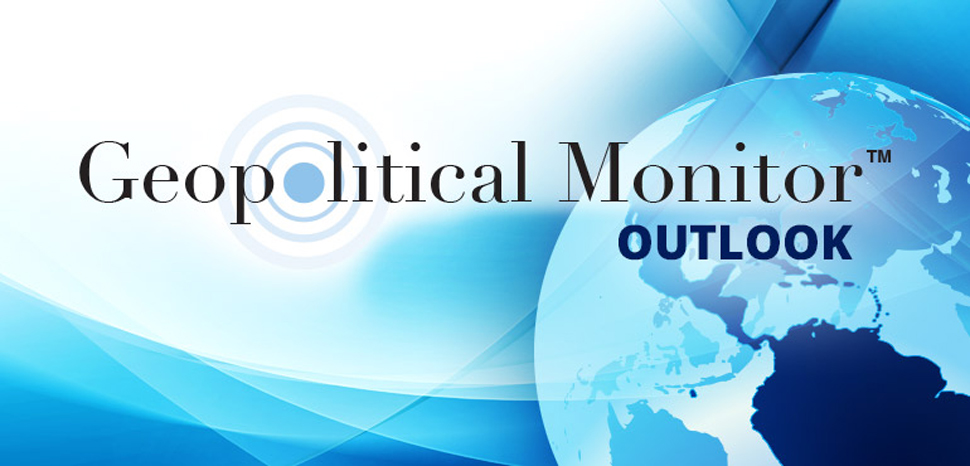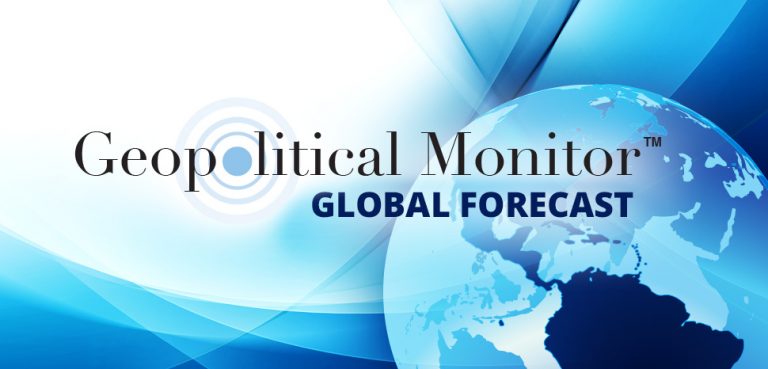The Regional Comprehensive Economic Partnership (RCEP), signed on 15 November by China and 14 other states on the sidelines of the 37th ASEAN Summit, was the second major Asia-Pacific trade deal to be inked in recent years. The RCEP follows the signing of the Comprehensive and Progressive Agreement for Trans-Pacific Partnership (CPTPP) in 2018 by 11 countries, which went ahead despite Donald Trump withdrawing the US from the former Trans-Pacific Partnership (TPP) owing to his protectionist ‘‘America First’’ agenda.
At first glance, China looks to have stepped in to fill the void, seizing the opportunity to extend its influence and become a regional economic rule-setter. Upon signing the RCEP, Premier Li Keqiang said the deal was “a victory of multilateralism and free trade,” using language more often associated with the United States. Yet China will not be the sole beneficiary. Asia-Pacific countries hope the CPTPP and RCEP will encourage economic integration and drive growth as the region looks to recover from the impacts of the COVID-19 pandemic.
Dynamic Southeast Asian economies, four of which are members of both deals, are well-placed to benefit from the combined effects of CPTPP and RCEP in pushing down tariffs and liberalizing regional trade over the coming years. Aside from China, other stronger economies on the periphery, such as Japan, Australia and a small cohort of Latin American nations, are set for more marginal gains. The more difficult question is to what extent the United States, outside of both agreements as Biden takes office, is set to fall behind the curve.


